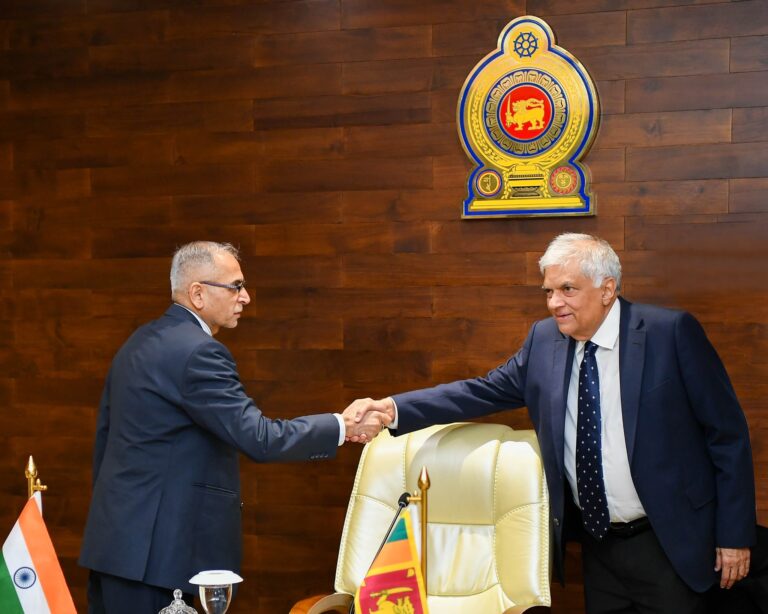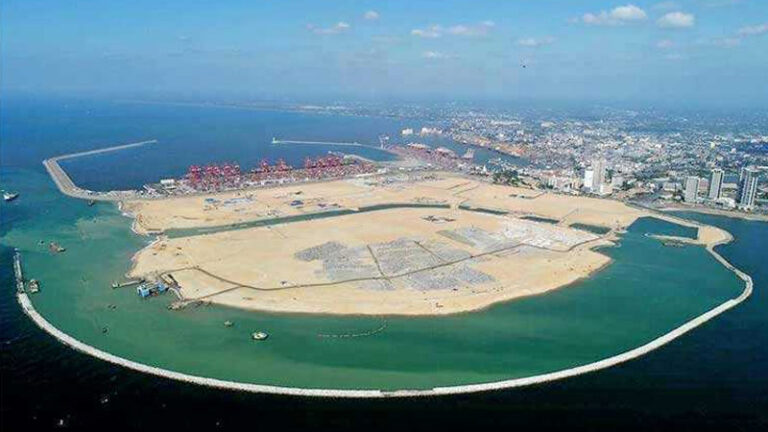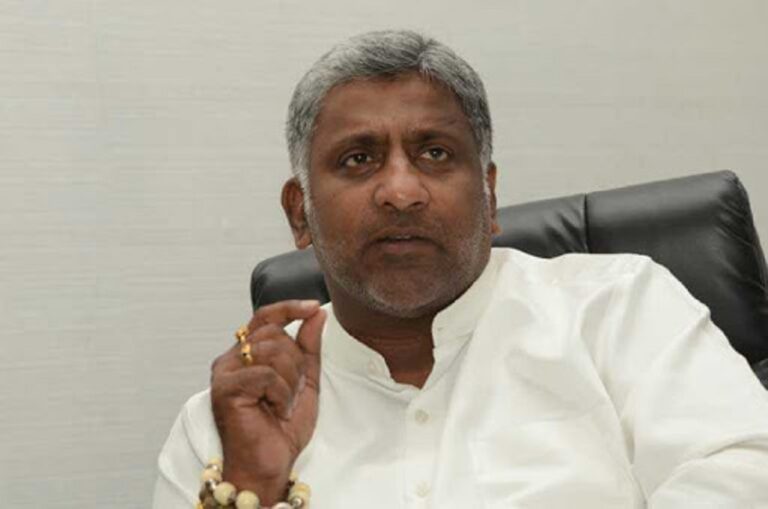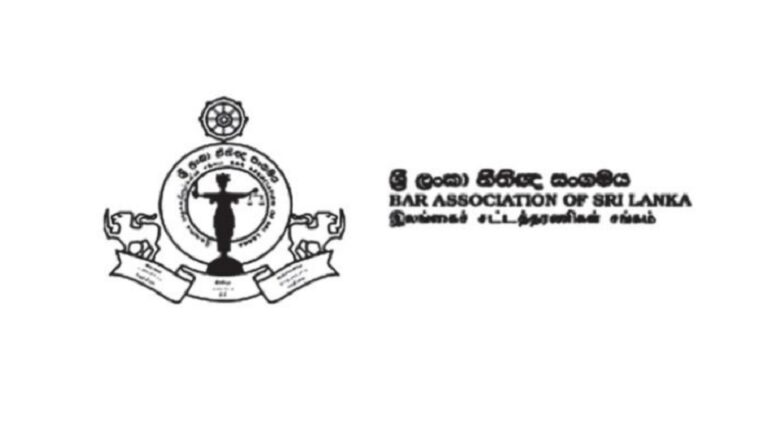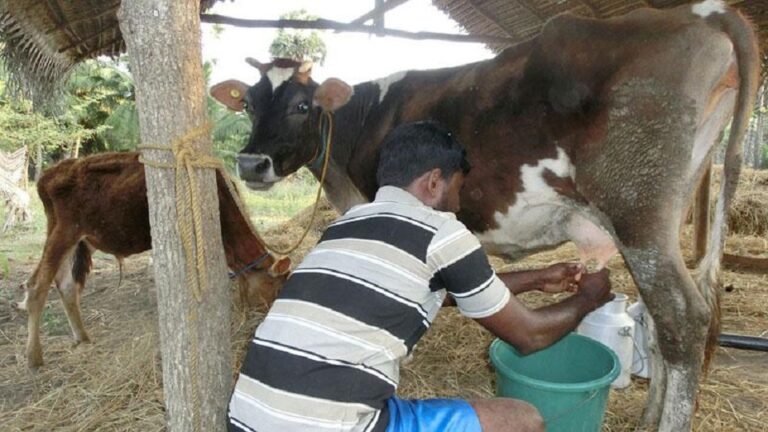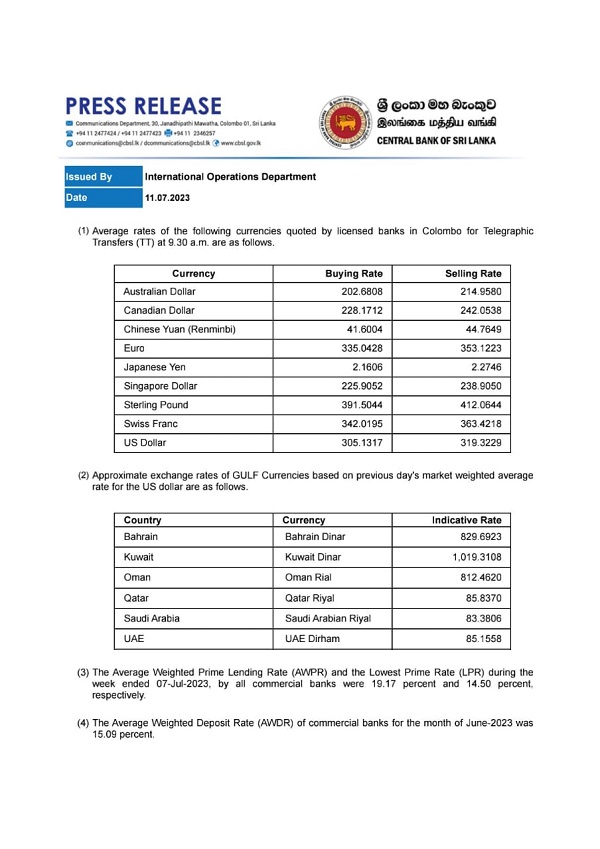Indian Foreign Secretary Vinay Kwatra expressed optimism on Tuesday (July 11) about the forthcoming visit of Sri Lankan President Ranil Wickremesinghe to New Delhi, describing it as a potential catalyst for positive changes in the relations between the two countries. Kwatra’s statement followed bilateral talks held with Sri Lankan counterparts, including Aruni Wijewardane, the Foreign Minister, and Ali Sabry, the Foreign Minister.
During his two-day official visit to Colombo, Kwatra aimed to lay the groundwork for President Wickremesinghe’s upcoming trip to New Delhi on July 21. This visit marks the president’s first official visit to India since assuming office last year.
Addressing the media, Kwatra emphasized that his discussions with the Sri Lankan leadership, as well as the Foreign Ministry, centered on ensuring that the president’s visit would serve as a pivotal moment for positive transformation in bilateral relations. The two sides also explored various areas of partnership between India and Sri Lanka that could be advanced prior to the visit.
The Indian foreign secretary highlighted the strength of the ties between the two nations, encompassing diverse elements of cooperation and the comprehensive framework of economic partnership enjoyed by India and Sri Lanka. Kwatra praised President Wickremesinghe as a staunch supporter of India’s relations with Sri Lanka and emphasized the successful collaboration between the two countries during the challenging period of the past 14-16 months. He assured a warm welcome to the president in India, expressing India’s eager anticipation of a successful visit.
The visit of the Sri Lankan president to New Delhi holds substantial significance in fostering positive transformation in the bilateral relations between India and Sri Lanka, and India remains committed to ensuring its success.

